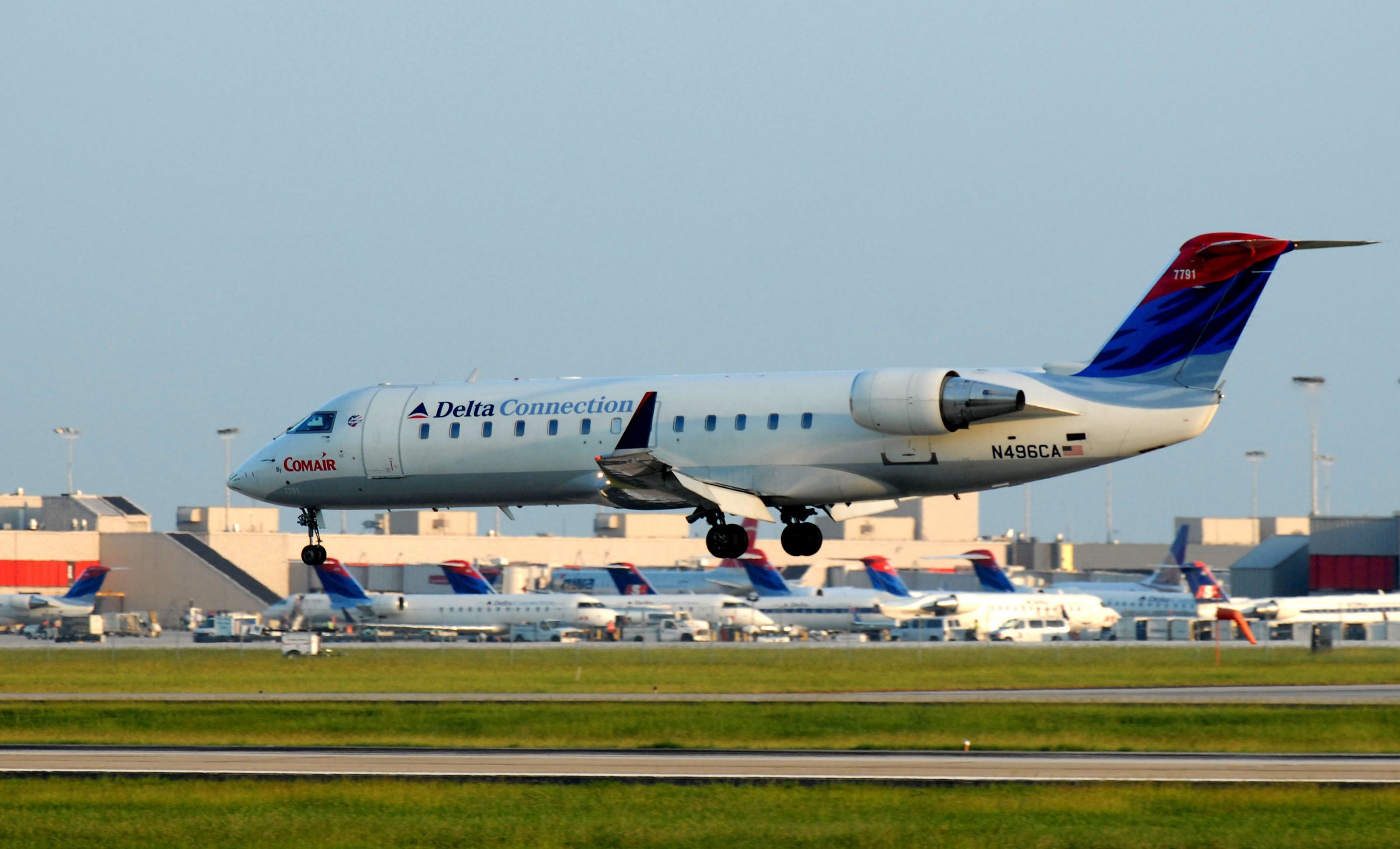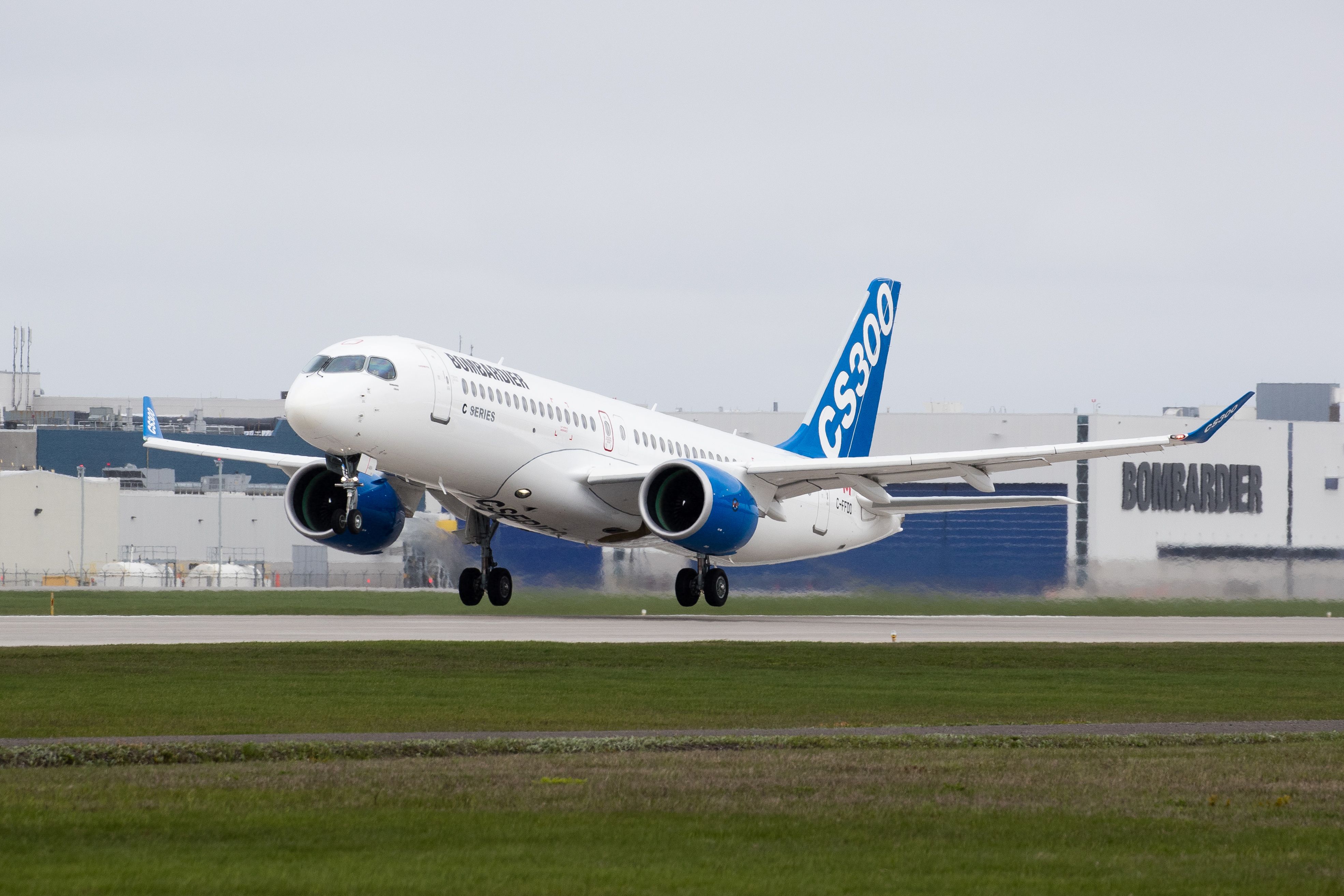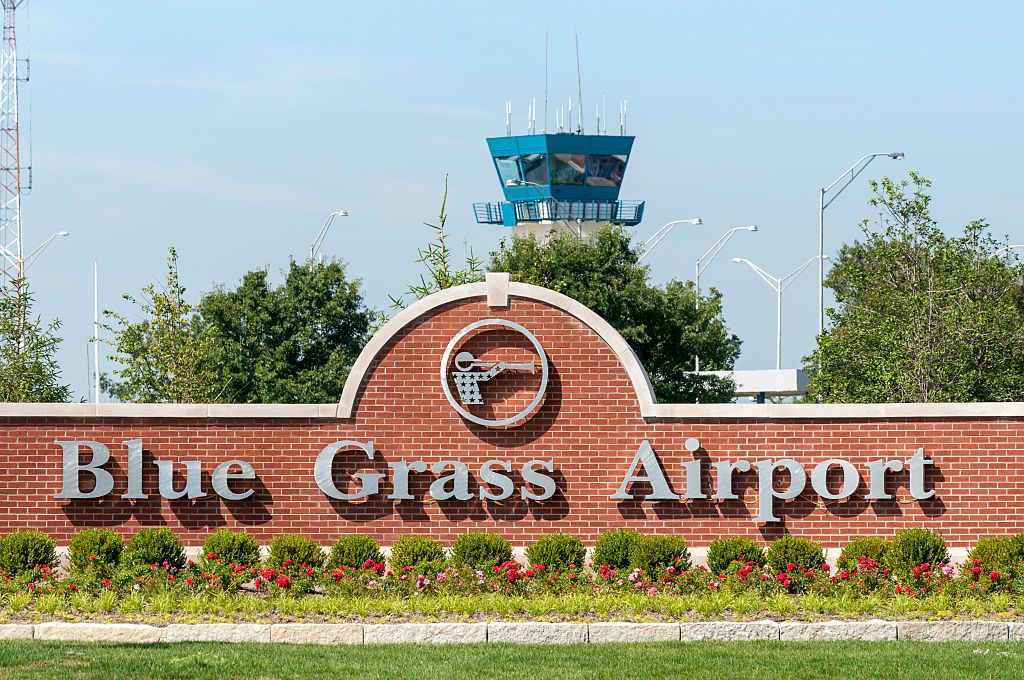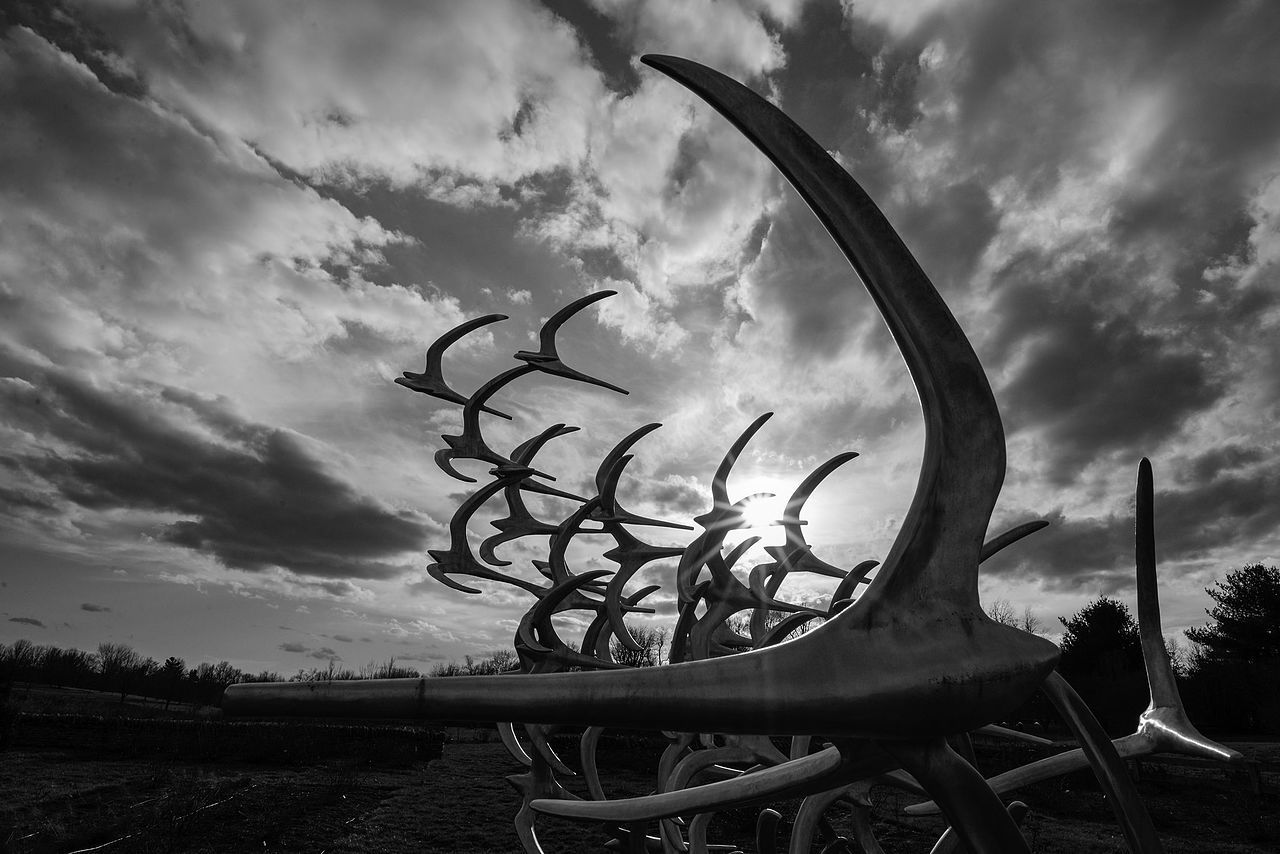Today marks the 16th anniversary of the second-deadliest accident ever to involve an aircraft from the Bombardier CRJ100/200 series. On August 27th, 2006, almost 50 people lost their lives when a Comair regional jet on behalf of Delta Air Lines crashed in Kentucky after attempting to take off from the wrong runway.
The flight and aircraft involved
Comair flight 5191 was an early morning flight that the carrier, which was once the world's largest regional airline, operated on behalf of its parent company, Delta Air Lines. Being a regional feeder flight, it operated under the Delta Connection brand. Its origin was Blue Grass Airport (LEX), which serves Lexington, Kentucky.
The flight's destination was Hartsfield–Jackson Atlanta International Airport(ATL), a key Delta Air Lines hub in the US federal state of Georgia. Atlanta remains Blue Grass Airport's most popular destination today, with both Delta Connection and the airline's mainline branded internal services operating along this domestic corridor.
According to the Aviation Safety Network, the aircraft operating Comair flight 5191 on August 27th, 2006 was a Bombardier CRJ-100ER registered as N431CA. ATDB.aero shows that it was a little over five-and-a-half years old at the time, having been built in January 2001. It had 47 passengers and three crew members onboard.
Stay informed: Sign up for our daily and weekly aviation news digests.
The wrong runway
Ready for its departure to Atlanta, which was just over an hour's flying away, Comair flight 5191 began its taxi to the runway at just after six o'clock in the morning. It was cleared to depart from runway 22, a 2,135-meter-long asphalt-paved strip. Following this clearance, the controller was not expected to maintain visual contact with the jet. As such, they reportedly turned their attention to other tasks.
This meant that they didn't see Comair flight 5191 incorrectly line up for takeoff from the much shorter runway 26, which measured 1,067 meters in length. According to a report by the Aviation Safety Network, this mistake is said to have arisen due to a change in the taxi route to runway 22 following a repaving project.
Despite noticing that this runway was unlit, the crew commenced their takeoff attempt, with the aircraft's flight data recorders showing no indications that either pilot tried to abort the departure. With insufficient distance to get airborne, the aircraft ended up careering off the end of the runway, hitting a wall, the perimeter fence, and a wooded area before eventually coming to a rest and catching fire.
The airline industry is always full of new developments! What aviation news will you check out next?
Just one survivor
Sadly, the crash resulted in the deaths of all but one of the 49 people onboard the Bombardier CRJ-100ER, with most casualties dying from the force of the initial impact. The crash's sole survivor was 44-year-old First Officer James Polehinke, who suffered severe injuries as a result. These included brain damage which, as a result, rendered him unable to remember the events of the crash.
A report deemed pilot error to have been the crash's probable cause. The NTSB cited the pilots' "failure to use available cues and aids to identify the airplane's location on the airport surface during taxi, and their failure to cross-check and verify that the airplane was on the correct runway before takeoff." Blue Grass Airport has since replaced runway 26 with a separate strip designated as runway 27.
Sources: ATDB.aero, Aviation Safety Network




